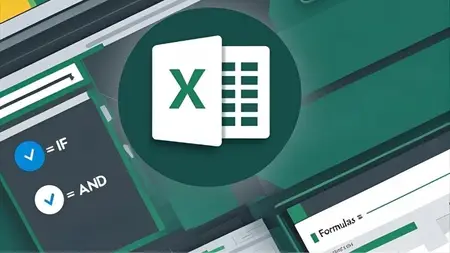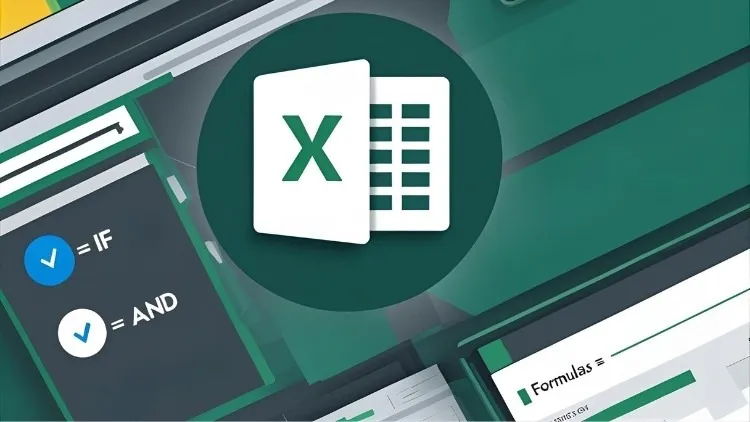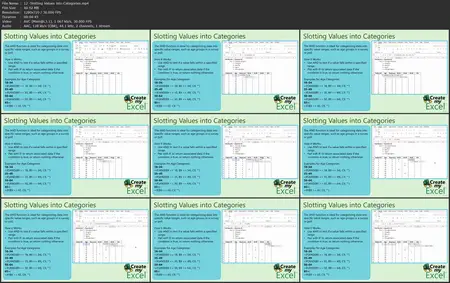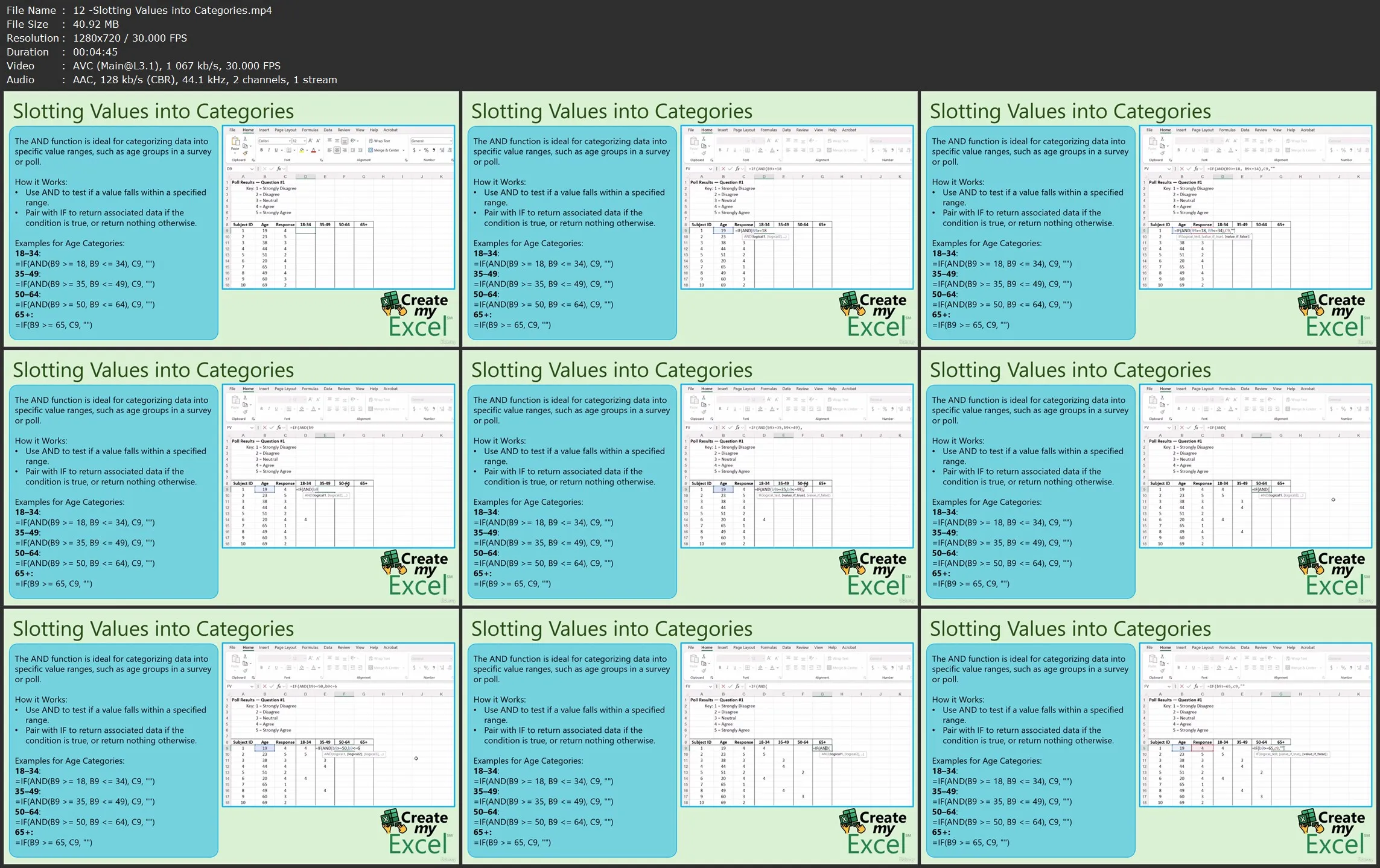Deep Dive into Logical and Informational Functions in Excel
.MP4, AVC, 1280x720, 30 fps | English, AAC, 2 Ch | 1h 23m | 1.21 GB
Instructor: Ben Scholl
.MP4, AVC, 1280x720, 30 fps | English, AAC, 2 Ch | 1h 23m | 1.21 GB
Instructor: Ben Scholl
Build Smarter, Error-Proof Excel Formulas Using Logical & Information Functions
What you'll learn
- Students will use IF and nested IF functions to create formulas that make decisions based on conditions.
- They’ll combine AND, OR, and NOT functions to handle multiple logical tests.
- Learners will avoid errors like division by zero using logical checks.
- They’ll apply conditional formatting formulas to highlight data dynamically.
- Students will count and locate values in ranges using logical tests.
- They’ll calculate tiered bonuses and smart due dates with logical functions.
- Learners will use information functions like CELL, ERROR.TYPE, and INFO to get worksheet details.
- They’ll check data types and cell states using IS functions like ISBLANK and ISNUMBER.
- Students will handle errors gracefully and ignore them when needed in ranges.
- They’ll automate data validation and analysis with logical and information functions combined.
Requirements
- Microsoft Excel (Office 2021 or Microsoft 365) installed.
- Basic knowledge of Excel (e.g., entering data, simple calculations).
- Access to a computer with a stable internet connection.
- No prior advanced Excel skills required; suitable for beginners.
Description
Working with Logical and Information Functions, is designed to help learners add intelligence and adaptability to their Excel spreadsheets. This chapter introduces the foundational IF function and progresses to more complex uses such as handling false results, avoiding division by zero, and building nested logical tests. Through practical examples like calculating tiered bonuses and aging overdue invoices, students will see how logical functions can drive real-world decision-making in Excel.
Learners will explore advanced logical functions like IFS, AND, and OR to create multi-condition formulas that slot values into categories or trigger specific outcomes. They'll also apply these formulas in conditional formatting, enabling dynamic visual cues in data sets. This chapter includes sessions on applying logic across ranges and performing calculations only when certain conditions are met, helping users streamline data analysis and reporting.
The second part of the chapter introduces Excel’s powerful information functions, including CELL, INFO, ERROR.TYPE, and the IS family of functions. These tools allow users to retrieve details about the data, detect errors, and count or ignore blanks when needed. Together, logical and information functions give students the ability to build smarter, error-resistant spreadsheets that react to data automatically. This chapter is ideal for anyone looking to enhance precision, automation, and clarity in their Excel workbooks.
Who this course is for:
- This course is for Excel users who want to add logic and intelligence to their formulas.
- It’s ideal for those needing to evaluate multiple conditions in a single formula.
- Users who want to automate actions like categorizing or calculating based on values will benefit.
- It’s great for professionals who need to calculate things like due dates or bonuses dynamically.
- Anyone who struggles with avoiding or managing formula errors will find this helpful.
- It suits those who want to find, count, or match values across a range of data.
- This course is useful for learners aiming to apply custom conditional formatting rules.
- It’s for users who want to understand and use Excel’s CELL, INFO, and IS functions.
- It helps those working with incomplete or inconsistent data, such as blanks or errors.





